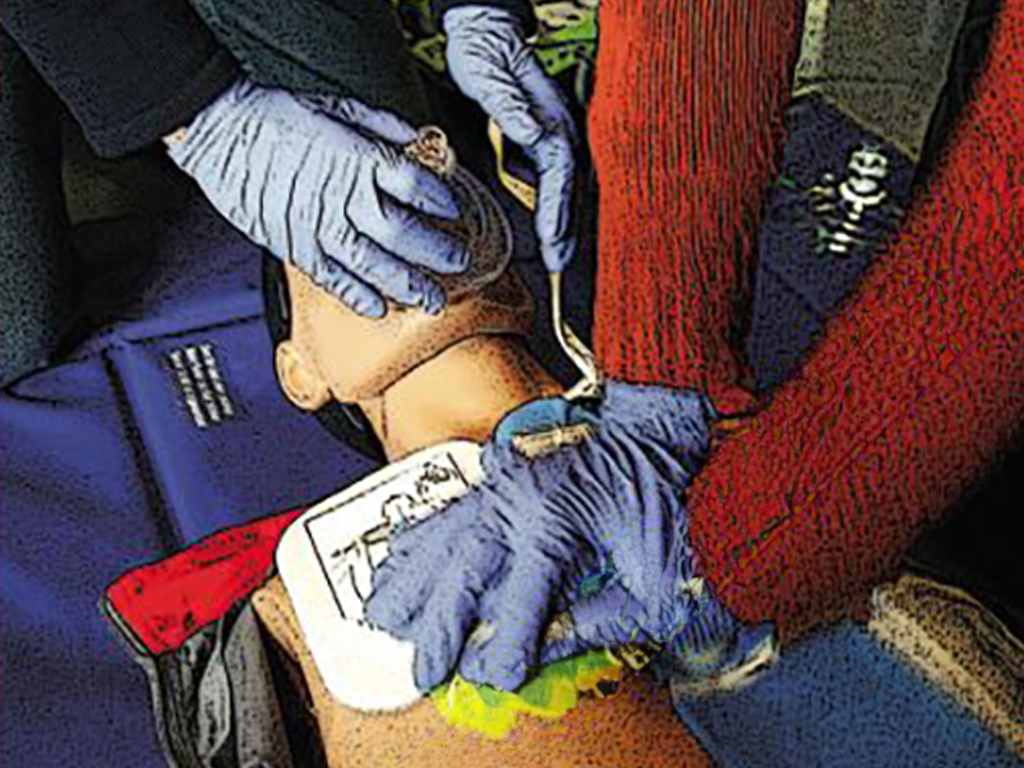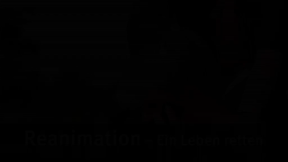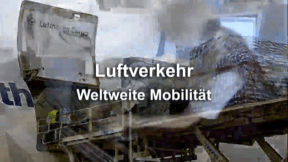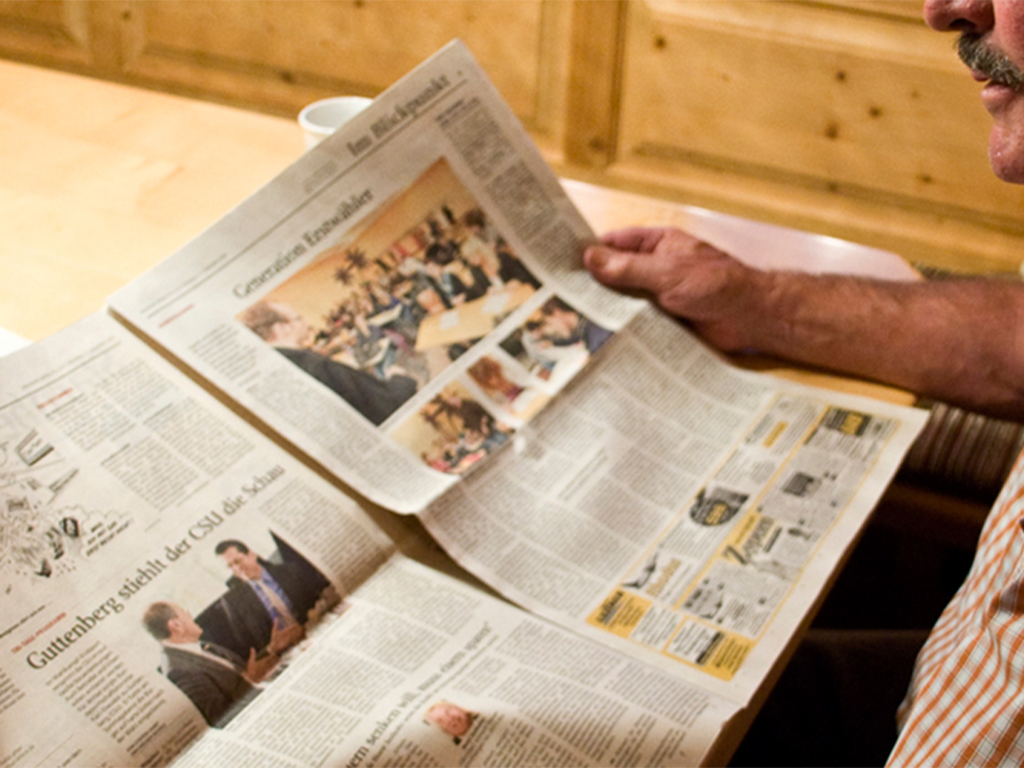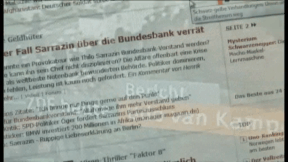 Biology
Biology
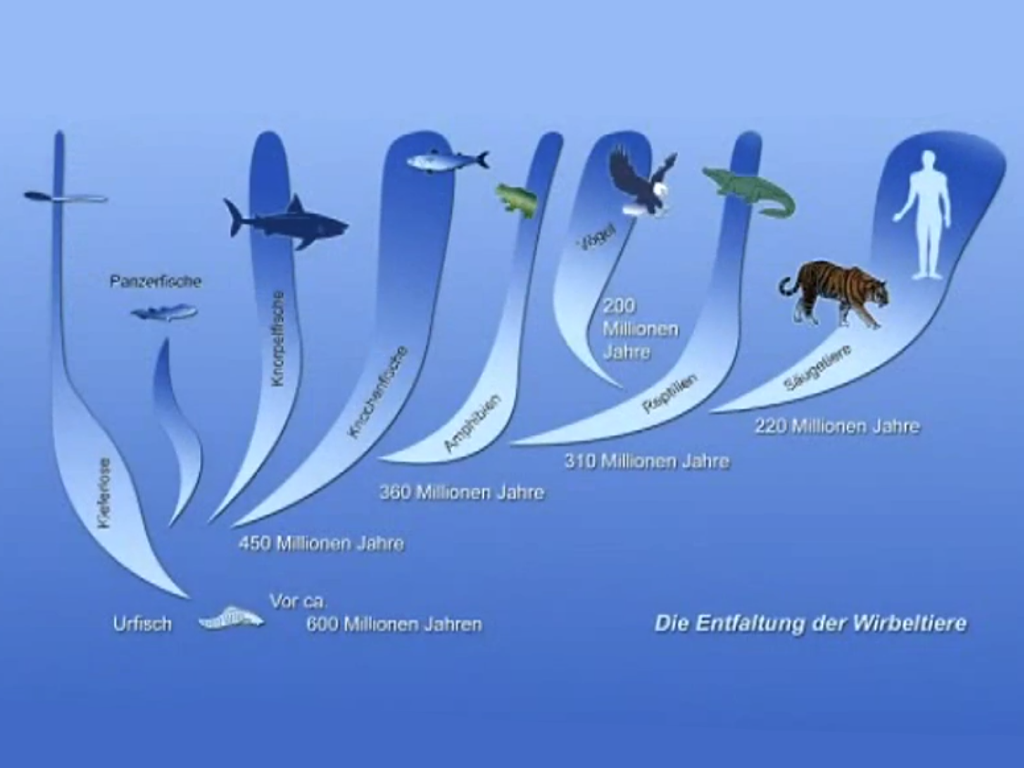
4655708 / 5550649
Vertebrates
Development and Diversity
This DVD introduces the members of vertebrates group existing today, illustrated by various examples. The phyloge- netic development, which started in the primeval oceans, is shown in detail by means of homologous skeleton structures. The variations in the body’s basic structure in adaptation to the vertebrates’ respective needs, which resulted in today’s situation with vertebrates living in water, on land and in the air, are demonstrated by means of extant representatives of the class. The vertebrates group encompasses cartilage and bony fishes, amphibians, reptiles, birds and mammals. The modifications of those skeletal elements serving locomotion, from the fins of the fish to the wing span of the birds and the hands of mammals, are shown. This DVD is suitable for the topic of vertebrates for younger pupils or as a contribution to the topic of evolution illustrated by means of the development of vertebrates.
Play trailer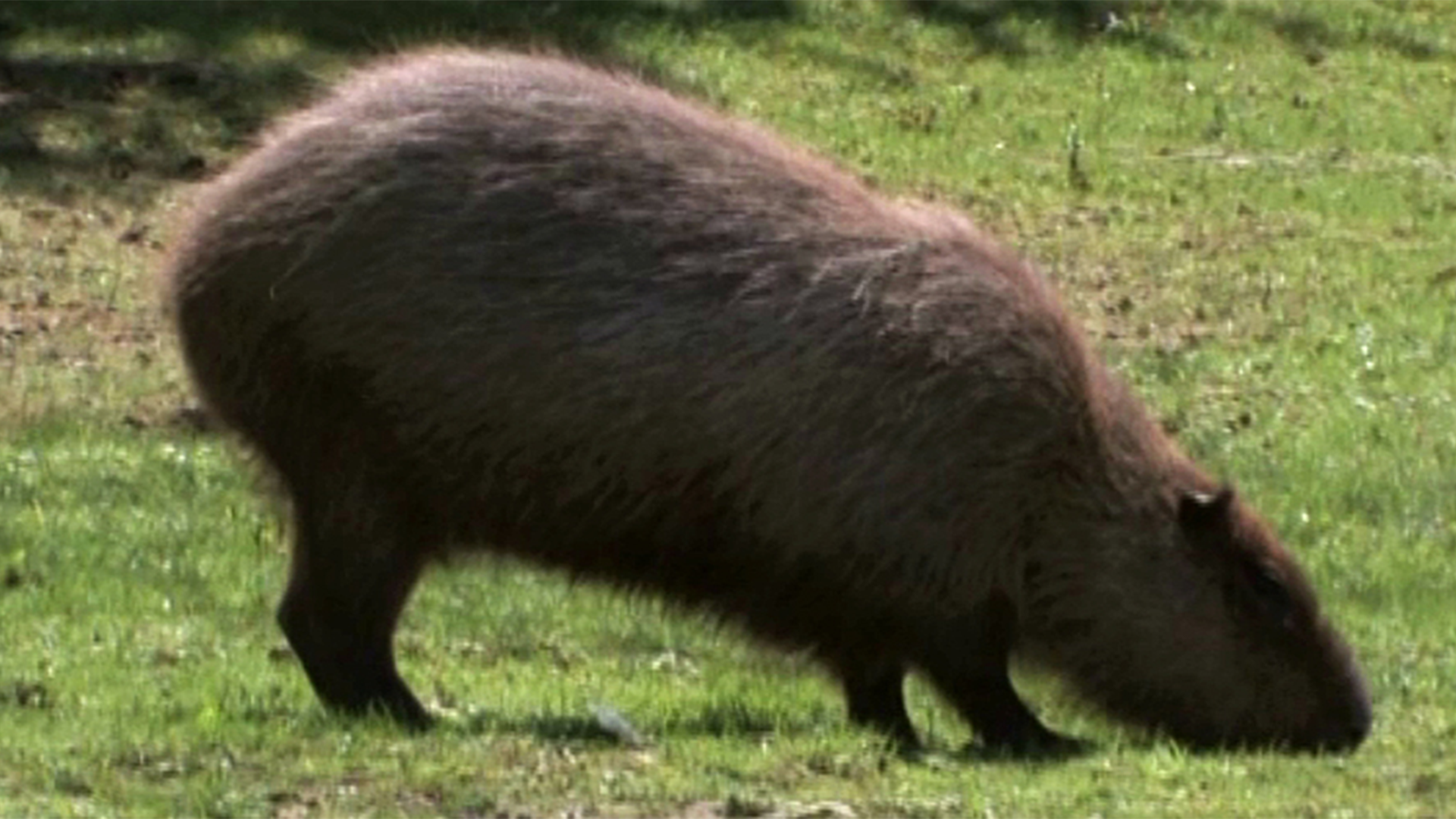
Curriculum-centred and oriented towards educational standards
Matching
Resuscitation
It can happen to anyone – of any age, in any place, at any time. Sudden cardiac arrest may quickly prove fatal. Immediate action is called for! Just remember: Check Call Press Anyone can do it. You can't do anything wrong!
Air Traffic
Being able to fly has been a dream of humanity from time immemorial. But it does not even date back a century that people actually started being able to travel through the air. Since the 1960s, the number of flight passengers has been constantly increasing. Thus, the airspace is no longer dominated by birds but by man-made flying objects.
The Daily Newspaper
Every day, there is a surge of news reaching us via different news channels. In spite of TV and Internet, the daily paper still is one of the most important main sources of news. But how is a newspaper created? The film shows the production of a paper in the course of one day. Starting with the editorial meeting in the morning, in which the topics and deadlines are determined, the film accompanies a journalist during her research work. You can see how a journalistic interview is conducted and what the photographer must consider when taking a press photo. Back in the editorial office, the editor’s work is illustrated, which includes the page layout and the writing of an online article in today’s time. Impressive pictures from the printing centre depict the process from the digital page to the finished newspaper. Together with the comprehensive accompanying material, the DVD is perfectly suited for use at school




